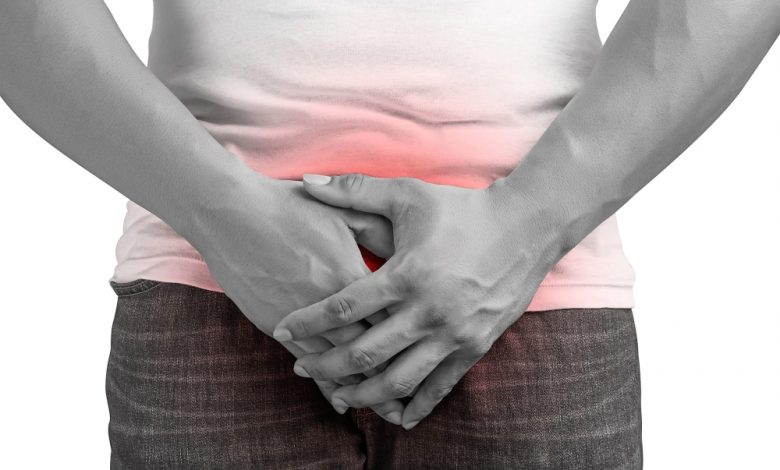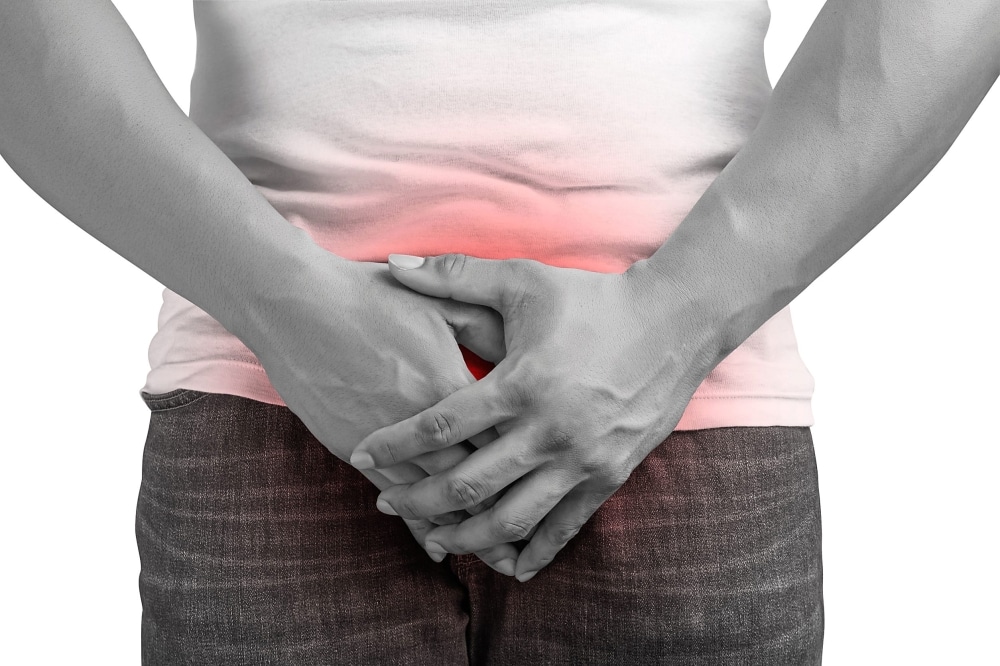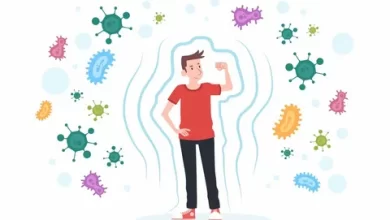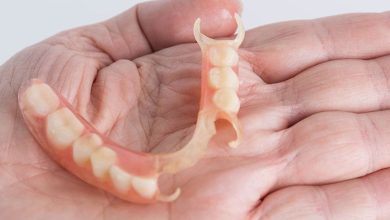PROSTRATE ENLARGEMENT SOLUTION


Prostrate is a small gland that is part of the male reproductive system. It’s supposed to be about the shape and size of a walnut. It rests below your bladder and in front of your rectum. It surrounds part of the urethra, the tube in your penis that carries pee from your bladder.
The prostate helps make some of the fluid in semen, which carries sperm from your testicles when you ejaculate.
As you age, your prostate can become larger. It’s a normal part of aging for most men. By the time you reach age 40, your prostate might have gone from the size of a walnut to the size of an apricot. By the time you reach 60, it might be the size of a lemon.
Table of Contents
SYMPTOMS
- Trouble starting to urinate or have to go a lot, especially at night
- Your bladder doesn’t empty completely after you pee
- You feel the need to go out of the blue with no sensation of build-up
- You may stop and start several times
- You have to strain to get any flow going
Factors That May Cause Enlarged Prostate
1. Urinary Tract Infection (UTI): UTIs may spike PSA levels. UTIs become more common as you age.
2. Age: Some men also experience an enlarging of their prostate as they age, which may also elevate PSA levels.
3. Benign Prostatic Hyperplasia (BPH): BPH, also known as enlarged prostate, is common in older men. BPH can raise PSA levels and affect the bladder and urinary tract. Men with BPH may have difficulty urinating. If left untreated, it may also interfere with kidney function.
4. Prostatitis (prostate inflammation): A common condition in men under 50. Prostatitis is often the result of a bacterial infection. It causes swelling, inflammation, and irritation of the prostate gland.
REMEDIES
Beta-sitosterol
This herbal medication is a mixture taken from different plants that contain cholesterol-like substances called sitosterols or phytosterols (plant-based fats). Several studies have suggested that beta-sitosterol can relieve urinary symptoms of BPH, including the strength of urine flow. Some scientists have also suggested that it’s these fatty substances — like beta-sitosterol, which is also found in saw palmetto — that are actually doing the work.
There haven’t been any major side effects reported with the use of beta-sitosterol. However, doctors still don’t know all the long-term effects of this natural therapy.
Pygeum
Pygeum comes from the bark of the African plum tree and has been used in traditional medicine to treat urinary problems since ancient times. It’s often used to treat BPH symptoms, especially in Europe. Because studies on it haven’t been well-designed, it’s hard to know for sure whether it’s effective.
According to the Canadian Journal of Urology, some small studies have suggested the supplement can help with bladder emptying and urine flow. However, the studies reviewed were inconsistent. Pygeum does appear safe to use, but it can cause upset stomach and headache in some people who take it. There are no studies on long-term safety.
Saw palmetto
Saw palmetto is an herbal remedy that comes from the fruit of a type of palm tree. It’s been used in alternative medicine for centuries to relieve urinary symptoms, including those caused by an enlarged prostate. According to the National Institutes of Health (NIH), a few small-scale studies have suggested that saw palmetto might be effective for relieving BPH symptoms.
However, the NIH reports that when larger studiesTrusted Source were conducted, they didn’t find saw palmetto any more effective than a placebo. Research continues to look into the anti-inflammatory and hormone-blocking properties that saw palmetto may have and its possible use in combination with other medications. Saw palmetto is safe to use, but minor side effects can be upset stomach and headache.
For any important information please contact us Email GadgetsNg info@gadgetsng.com
[Button id="1"]




Online medicine order http://indiaph24.store/# top online pharmacy india
cheapest online pharmacy india